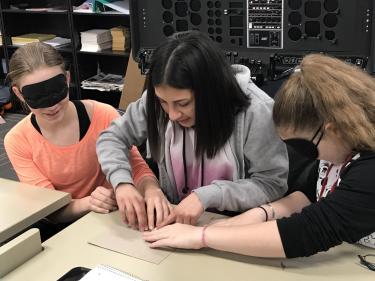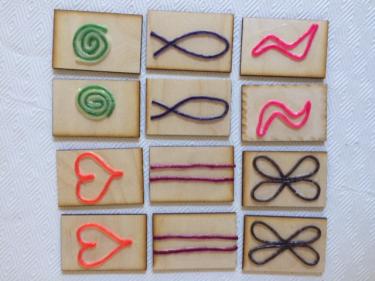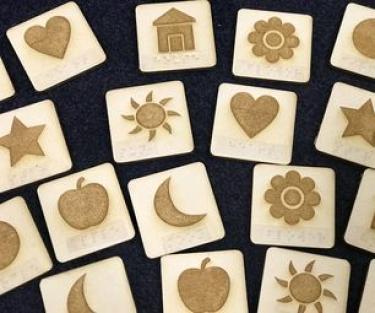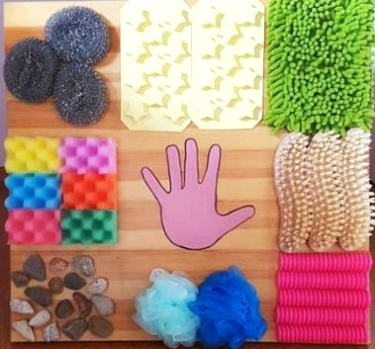Tactile Learning Activities

The Build a Better Book project engages participants in thinking about universal design and designing for all learners. As an introduction to tactile learning, have students wear blindfolds to practice using their sense of touch instead of sight and to begin thinking about designing for an end user who is blind or visually impaired. There are several introductory activities that prompt students to think about what an object feels like as opposed to what it looks like (e.g., an object may look like a dog but may not feel like a dog). Students will also gain a greater appreciation for the importance of texture, and how texture can influence what an object is interpreted to be when touched.
Tactile Learning Activities
- 'Blind' Modeling/Tactile Pictionary - Instructions for running an activity where students make distinctions between representing and identifying an object by feel rather than by sight.
- Tactile Memory - using wikki sticks or other craft material, have students create pairs of tactile shapes on blank cards. With a set of 5-10 pairs, students can play a game of Concentration or Memory wearing blindfolds and identifying the shapes by touch. Tactile Memory Cards can also be made with a laser cutter instead of craft materials.
.


- Texture Boards - Create an assortment of textures from materials found around the house such as sponges, bubble wrap, towels, carboard, beans, noodles, etc. Consider how different textures can convey different emotions and also represent other things such as grass, fish scales, or snow.



